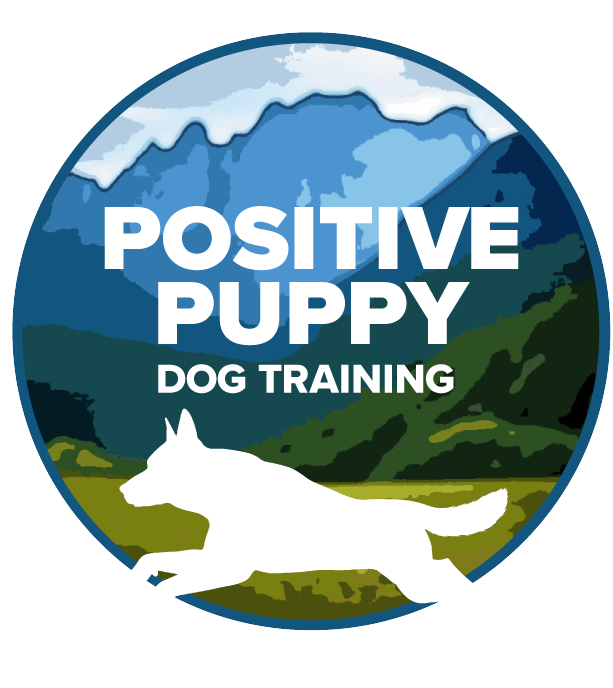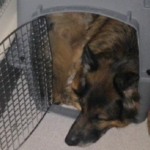Canine Rehabilitation
This is an incredibly difficult topic to discuss, because there are such intense feelings about saving a dog. Every dog has a wonderful side to them. Even more so, there is a huge amount of deception and false information floating around about rehabilitating the aggressive dog. And, of course, there are varying opinions that always come into play.
I am quite sure you will find someone who carries a completely different opinion than I do, but I would like to ask you to thoroughly research the experience and credentials of the individual sharing that opinion before swallowing an it “Hook, Line and Sinker.”
With the fad of “science-based training” I think you should consider and start searching for science-based studies, and experienced and credentialed individuals when forming any opinions of your own regarding rehabilitation.
One of the individuals, whose experience and education far exceeds many, is Dr. Ian Dunbar, who developed the “Bite Inhibition Scale”1. In addition, there are now notable studies that have been developed scientifically which reveal that much of a dog’s temperament is genetic 2. This is something reputable dog breeders have known for years. Study after study is confirming this.
What does that mean for rehabilitation of the aggressive dog? It means that there is now an objective scale by which to measure severity of a dog bite to determine if the dog is able to be rehabilitated. Please note this means rehabilitated by an expert in rehabilitation. This does not mean by the average pet dog owner or the pet dog trainer that focuses on general problem solving and obedience.
If dog aggression is genetic, then removing that tendency is like trying to make a short-haired dog have long hair, or making a Golden Retriever into a Bassett Hound. Some things are just not possible.
The hard answer to whether any dog can rehabilitated has to do with how severe the aggression is, which the Bite Inhibition Scale addresses. It also depends on what the genetics of the dog are. There does come a point, when rehabilitation is NOT a possibility, as much as we romantically wish it to be.
One last hard, HARD reality is that most people are not equipped to rehabilitate a dog. As much as someone may love a dog, the reality is that rehabilitation is EXTREMELY difficult and requires a 150% dedication to learning, management, obedience, health, safe exercise, leadership, proofing and desensitization, and 100% consistency. Even then, success cannot be guaranteed.
In the meantime, aggression can have serious, serious consequences. Dogs that are human aggressive can cause enormous, life-threatening damage to people. Imagine a dog that is a known biter that then decides to bite a child in the face, scarring the child both emotionally and physically for life, all because the dog’s handler left the muzzle in the car. Another scenario is a dog that bites someone on blood thinners and now the bite is life threatening.
There are legalities. Since I am not a lawyer, I cannot give you every legal aspect; suffice to say it is imperative that anyone that is involved with an aggressive dog understand that there can be HUGE legal consequences for the actions of a dog in “rehabilitation.”
The purpose of this article is to say, given all my experiences and credentials, those of other credentialed individuals, and the scientific community, rehabilitation of aggressive dogs is not always possible. There are simply some things we cannot change regardless of how sincere our desire is. There are times when the danger outweighs the benefits.
- http://apdt.com/wp-content/uploads/2017/01/ian-dunbar-dog-bite-scale.pdf
- Science Daily, “Canine Aggression and Genetic Control.” Source: Norwegian School of Veterinary Sciencehttps://www.dogfoodadvisor.com/dog-food-recall/steves-real-food-dog-cat-food-recall/. This is among hundreds of scientific studies being performed.

 Next Post
Next Post